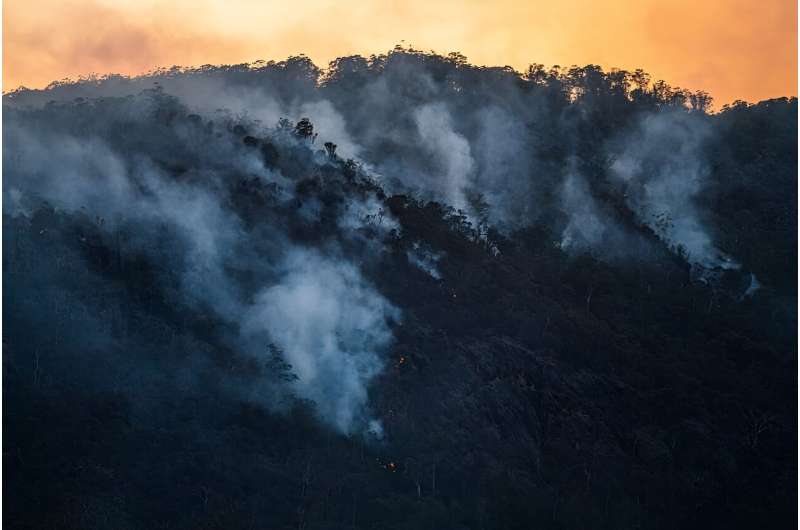
Scientists have revealed Indigenous fire management can “lock up” more carbon than other methods of native bushland management and the practice could prove very lucrative for landholders.
James Cook University’s Distinguished Professor Michael Bird is a co-author of the new study that compares carbon sequestration in the tropical savannah of northern Queensland’s Undara Volcanic National Park to carbon sequestration in savannah just outside it.
“The park has been subject to an Indigenous fire regime involving early dry season fires every 3–4 years, for two decades, while the area outside has not,” said Professor Bird.
The scientists measured the amount of pyrogenic carbon (PyC) in both areas.
“PyC, also known as char, is resistant to degradation for centuries or even millions of years, it locks carbon in the ground and is also beneficial to soils and crops.
“We found the area subject to Indigenous fire management had on average a quarter tonne of PyC per hectare more in the topsoil than the area that had not,” said Professor Bird.
He said this means sequestration of 1250–2500 tonnes of carbon annually is potentially achievable for an average pastoral property of 100,000 hectares, by returning to an Indigenous fire regime of at least 5 early dry season fires per 1–2 decades.
While currently not eligible for carbon credits, and with further validation required, this means returning to an indigenous fire regime could generate significant revenue in the future.
He said benefits of more frequent fires had to be weighed against the opportunity costs of forgoing other land use options, broader changes in ecosystem carbon stocks and greenhouse gas emissions as well as some potentially negative (as well as positive) impacts on biodiversity.
“On the other side of the ledger, there are around two hundred million hectares of tropical savannas in Australia. A return to a managed, early dry season, higher return interval fire regime could provide significant long-term carbon sequestration that would be beneficial to the climate and direct revenue to regional Australia,” said Professor Bird.
More information:
Jordahna Haig et al, Impact of fire return interval on pyrogenic carbon stocks in a tropical savanna, North Queensland, Australia, International Journal of Wildland Fire (2024). DOI: 10.1071/WF24006
Citation:
Indigenous fire management ‘locks up’ carbon (2024, August 23)
retrieved 23 August 2024
from https://phys.org/news/2024-08-indigenous-carbon.html
This document is subject to copyright. Apart from any fair dealing for the purpose of private study or research, no
part may be reproduced without the written permission. The content is provided for information purposes only.

